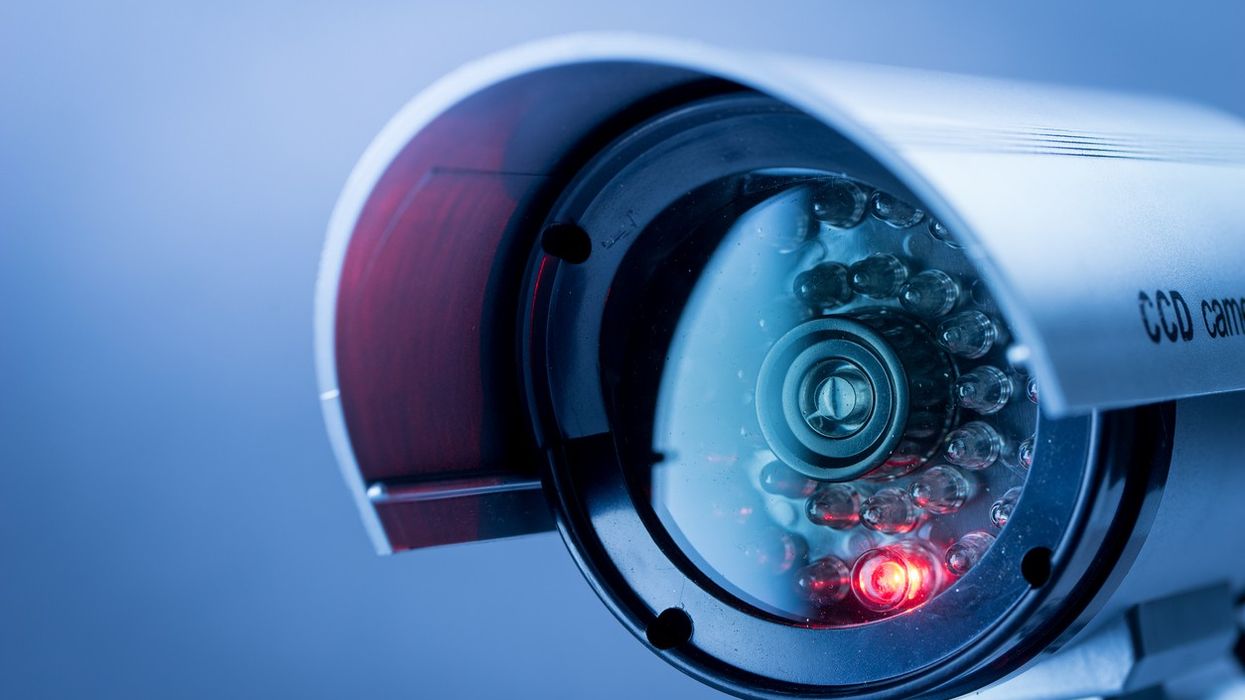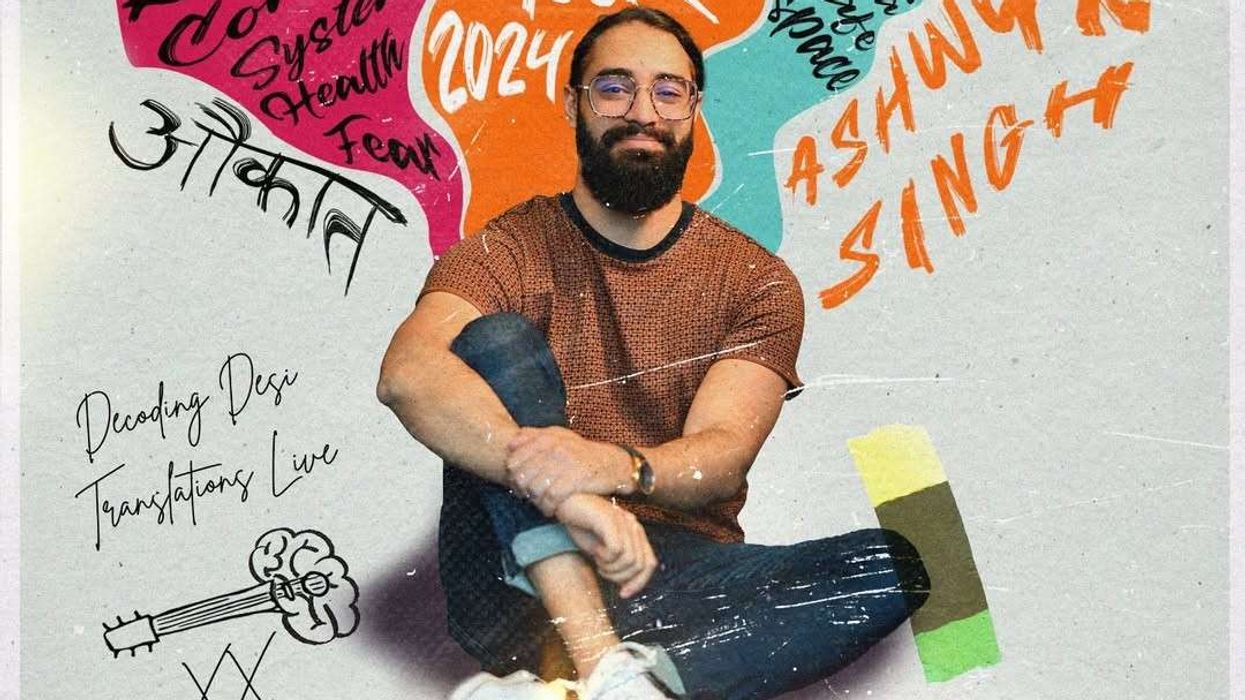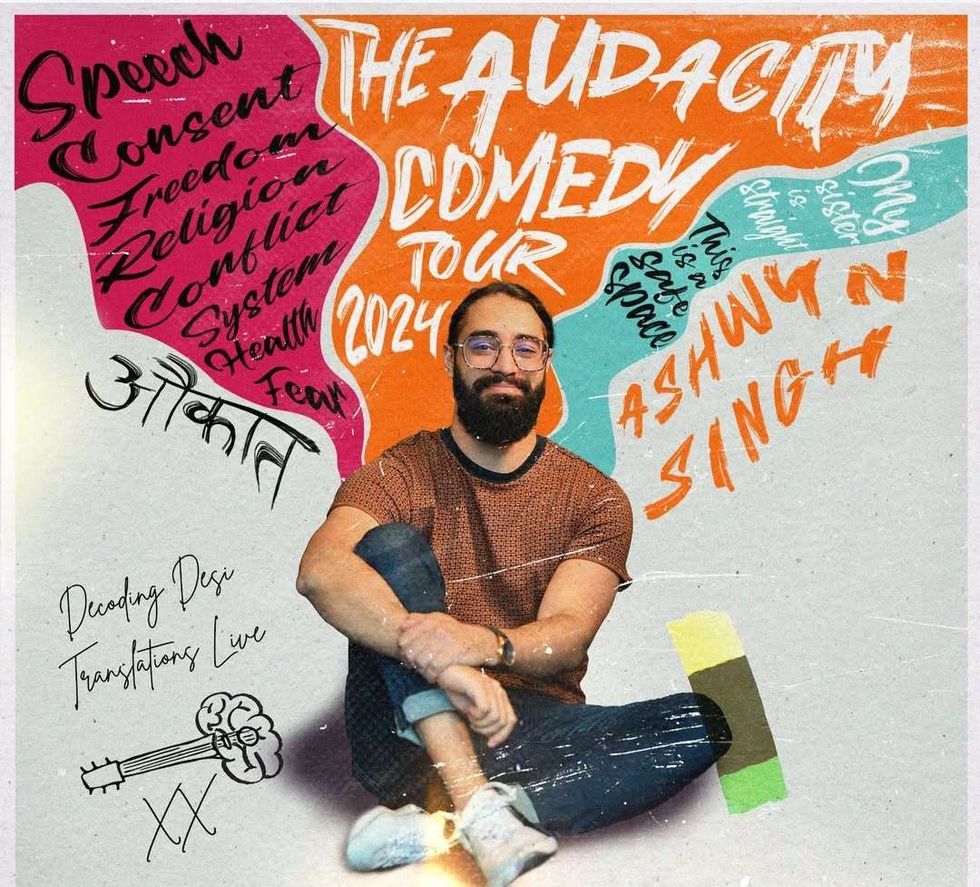Rajasthan Royals’ celebrated their return to the ‘fortress’ with a 10-run win over Delhi Daredevils in the rain-hit Indian Premier League contest in Jaipur.
Rajasthan Royals overcame a shaky start and were on course to post a competitive total before heavy rain lashed the Sawai Mansingh Stadium with Royals reaching 153 for five in 17.5 overs.
Intermittent rain led to a two and a half hour stoppage before umpires gave their go ahead for a shortened game. Royals’ innings eventually ended at 153 for five and Delhi were set a revised target of 71 runs in six overs as per Duckworth-Lewis method.
The visitors made a disastrous start with Colin Munro run out off the first ball of the innings following a mix-up with Glenn Maxwell (17 off 12).
Royals’ attack comprising pacers Ben Laughlin and Dhawal Kulkarni bowled well and kept the Daredevils batsmen guessing with their variations. Only two overs of Powerplay also hurt Delhi.
With Rishabh Pant (20 off 14) gone in the penultimate over, Royals needed to defend 25 runs in the final over. Laughlin (2/20) did that pretty comfortably as Royals recorded their first win of the season. It was a second straight loss for Daredevils.
Earlier, captain Ajinkya Rahane (45 off 40) and Sanju Samson (37 off 22) staged the Royals’ recovery before Jos Buttler (29 off 18) and Rahul Tripathi (15 off 11) provided entertainment towards the end.
Left-arm spinner Shahbaz Nadeem (2/34) made a significant impact in his first game of the season, taking two crucial wickets.
Royals, playing their first home game at the Sawai Mansingh Stadium in five years, were off to a wobbly start.
Big Bash star D’Arcy Short (6) was run out for the second game in a row after a mix up with Rahane over the second run.
The hosts were dealt another blow in the fifth when their costliest buy Ben Stokes (16) was dismissed by Trent Boult with a beauty that moved away to just enough to take the outside edge.
There was not much that Stokes could do about that ball but he looked ominous in his brief knock that comprised a crisp hit off Chris Morris over square leg.
Rahane and the talented Sanju Samson then got together to revive the innings.
Samson, just like in the team’s opener against Sunrisers, showed sublime form. He smashed Boult for a four and six over square leg to get going. Especially, the front foot pull off the New Zealand pacer for a maximum was a treat to the eye.
The two Indian batsmen shared a 62-run stand for the third wicket, taking the team to 84 for two in 10 overs.
However, Nadeem found the stumps of Samson in the following over before removing Rahane in the 14th over, making it 112 for four.
The quick dismissals got England wicket-keeper batsman Buttler and Rahul Tripathi together and they both attacked the Daredevils from the word go.
Buttler hammered two fours and as many sixes in his entertaining knock before being bowled off a slower-ball from Shami.
The 17th over bowled by Morris leaked 18 runs, turning out to be the most expensive over of the innings.





 Ashwyn Singh on language, identity, and the comedy of belonging nowhere Instagram/ashwynsingh
Ashwyn Singh on language, identity, and the comedy of belonging nowhere Instagram/ashwynsingh  Ashwyn Singh turns immigrant life into laughs Instagram/ashwynsingh
Ashwyn Singh turns immigrant life into laughs Instagram/ashwynsingh 






